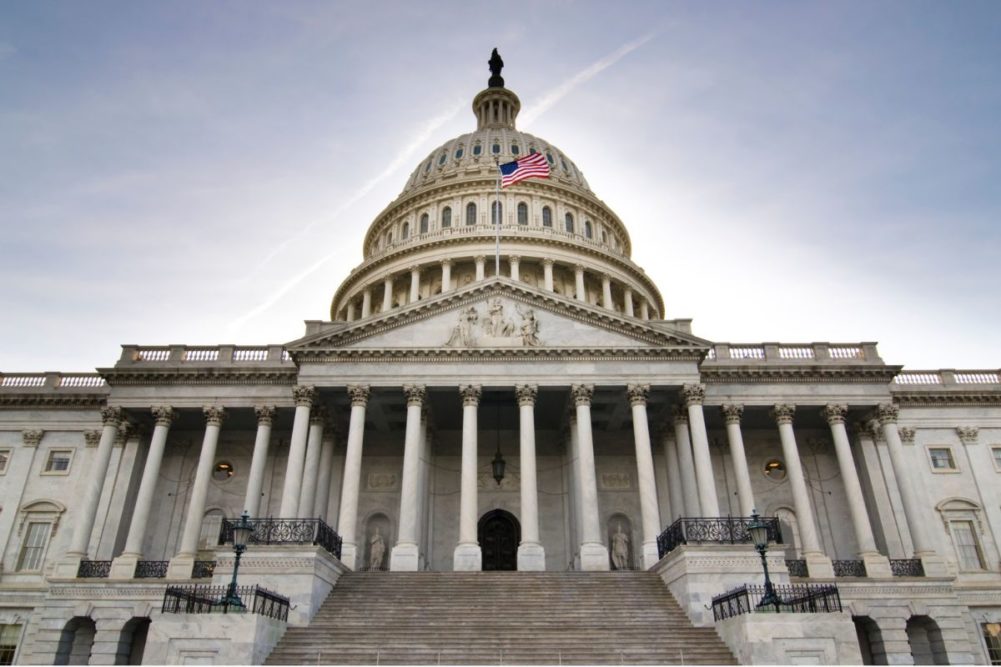WASHINGTON, DC, US — A trade war with China and Russia’s invasion of and continued conflict with Ukraine have “revealed gaps in the farm safety net,” according to numerous groups seeking adequate funding for the next farm bill. The international crises, both of which occurred subsequent to passage of the last farm bill, underscored the need for a “more meaningful, predictable farm safety net,” the groups said.
The comments were included in a March 14 letter to congressional budget leadership — Senators Sheldon Whitehouse of Rhode Island and Charles E. Grassley of Iowa as well as Representatives Jodey C. Arrington of Texas and Brendan F. Boyle of Pennsylvania. The letter was signed by dozens of national and state organizations with agricultural interests, including the American Sugarbeet Growers Association, the Corn Refiners Association, the National Association of Wheat Growers, the National Grain and Feed Association and the North American Millers’ Association.
The farm bill is set for reauthorization ahead of fiscal 2024 (beginning Oct. 1, 2023).
The group said the trade war with China beginning in 2018 precipitated “significant market impacts” that were not countered by assistance stemming from The Agriculture Improvement Act of 2018, the most recent farm bill.
“If a trade war with our largest trading partner hardly triggered the farm safety net provided in the current farm bill — a Title I safety net that has been shrinking over the past 20 years — it is difficult to envision a scenario that would provide meaningful assistance without significant improvements,” the groups said. “Continuing rising tensions with this important trading partner underscore the need in the next farm bill for a more meaningful, predictable farm safety net and the need to invest more into trade promotion programs to help diversify agricultural markets.”
In addition to the China trade war and the Russia-Ukraine war, the groups cited as supply chain disruptors “non-tariff trade barriers erected by multiple countries” and devastating natural disasters. Production input costs have been rising faster than overall inflation rates since 2021.
“The projected high input costs, coupled with lower productions for many crop cash receipts are cause for concern for farm country,” the group said, citing a US Department of Agriculture forecast that farm income would fall 21% in 2023 from last year.
Between 2018 and 2021, 70% of direct farm payments consisted of ad hoc assistance, demonstrating the need for farm bill revisions that rely less on off-budget ad hoc assistance, the groups said.
“In addition to needs highlighted above, farm bill budget resources are needed for protecting and enhancing crop insurance to assist with volatile weather and crop loss, improving access to voluntary conservation incentives, addressing rural development needs, investing in research for innovation and competitiveness, providing opportunities to help the nation become more energy independent and food secure and supporting solutions to address logistics challenges,” the groups said.
Meeting these needs will not be possible without sufficient budgetary resources for a “new bipartisan, multi-year, comprehensive and meaningful piece of legislation,” the groups said.



